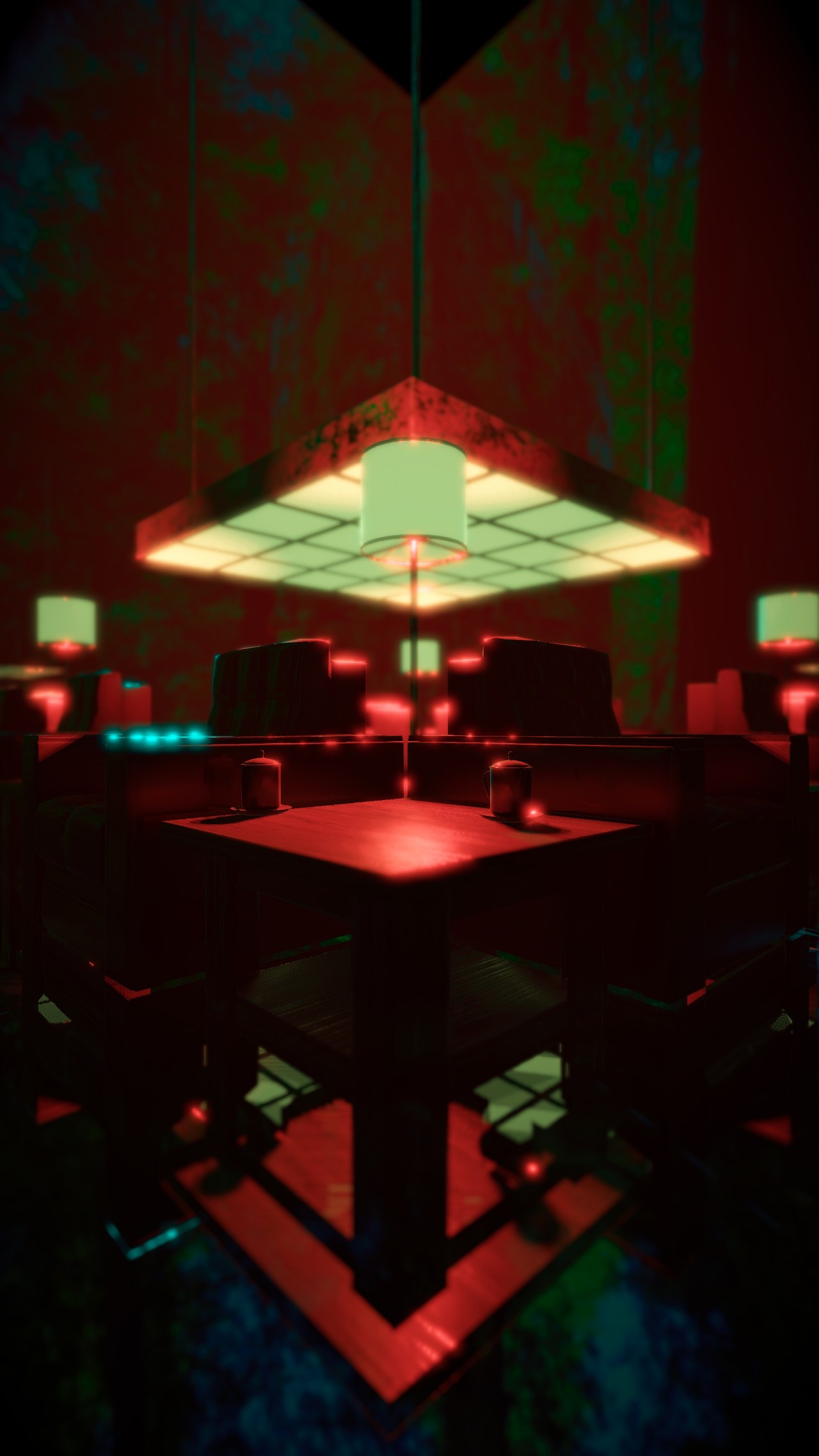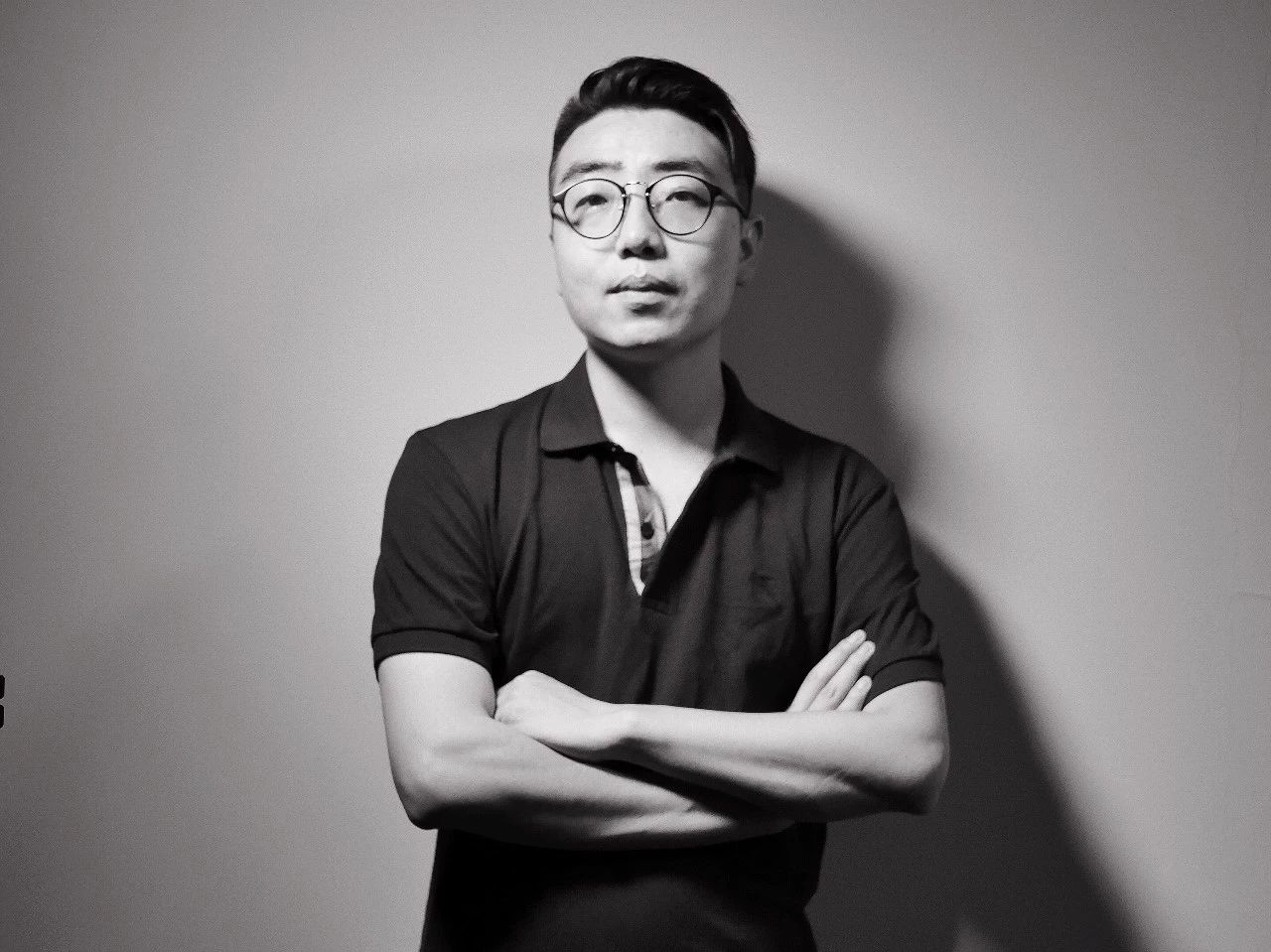第二届“微征集”项目 | 王子云:时间的潮涌与屋顶的马赛克
"Micro-Curatorial" Project | A Rush of Time and the Mosaic Rooftop
“暮霭挟着薄雾笼罩了外白渡桥的高耸的钢架,电车驶过时,这钢架下横空架挂的电车线时时爆发出几朵碧绿的火花。从桥上向东望,可以看见浦东的洋栈像巨大的怪兽,蹲在暝色中,闪着千百只小眼睛似的灯火。向西望,叫人猛一惊的,是高高地装在一所洋房顶上而且异常庞大的霓虹电管广告,射出火一样的赤光和青燐似的绿焰: Light, Heat, Power! ”
——茅盾《子夜》1933年
"Under a sunset-mottled sky, the towering framework of Garden Bridge was mantled in a gathering mist. Wherever a tram passed over the bridge, the overhead cable suspended below the top of the still frame threw off bright, greenish sparks. Looking east, one could see the warehouses of foreign firms on the waterfront of Pootung [Pudong] like huge monsters crouching in the gloom, their lights twinkling like countless tiny eyes. To the west, one saw with a shock of wonder on the roof of a building a gigantic NEON sign in flaming red and phosphorescent green: Light, Heat, Power!”
-Mao Dun, Midnight, 1933
承上引,展览名称“Light, Heat, Power!”,出自上世纪30年代,作家茅盾对上海的描述。《子夜》的开篇中,文学世界为我们提供了一个通感的视觉空间,隔着年代的烟云,仿佛有一股升腾的潮水味扑面而来。不同与《双城记》开篇中那段分裂式的时代断言,《子夜》中的现代都市上海是充满魔幻色彩的“Light, Heat, Power!”,光鲜而混杂,崭新而闪耀,热闹而暗藏能量,如同这个城市的此时此刻。
With the above citation, the title of this exhibition, “Light, Heat, Power!” is drawn from the novelist Mao Dun’s depiction of Shanghai of the 1930s in the opening chapter of his acclaimed opus, Midnight has provided us a sensible visual space from a literary perspective. In spite of our temporal separation from the scene, one could nevertheless smell a sublimated scent of the tide rushing over. Unlike the disconcerting proclamation about our time at the beginning of A Tale of Two Cities, the modern metropolis of Shanghai portrayed in Midnight is filled with magical colors of “Light, Heat, Power!”- gleeful and mesmerizing, dazzling and full of energy, just like this city at here and now.
 茅昊楠,《数字记忆02-关于光以及其他》,即时演算模拟器,尺寸可变,2018
茅昊楠,《数字记忆02-关于光以及其他》,即时演算模拟器,尺寸可变,2018
©茅昊楠,致谢艺术家
MAO Haonan, Digital Memory 02 - About Lights and Others
Real-time simulation, variable size, 2018
©MAO Haonan, courtesy of the artist
同留下空间原有建筑的悠久历史一样,虽然有一条追述的时间线索可寻,但是展览并不是文献式的罗列出中国社会现代化历程中的切片。展览主题以经典文本为出发点,既是把作品叙事的刻度放在一个广阔的时空中,也是围绕此发散出星丛般的现场结构。Light-光(材质、形式、空间)包含在展览中艺术家以此为媒介方法和改造手段;Heat-热(能量、温度、狂热)是作品背后所关乎的社会/审美机制和现实境况的变化;Power-力(权力、力量、速度)指涉的不仅是历史动因和目的,也包含对当下信息爆发和加速感的回应。基于此,从具体的参展作品来说的话,王拓将用电子转银盐的视觉退却和温度感,来处理二十世纪上半叶不同时空中的图像文本;而崔洁对中国现代化热潮中建筑形式的研究,以雕塑和绘画来呈现她对空间和记忆的感知;刘任将展览筹备期间京沪深三地的报纸,在现场拼贴出抽象的形式和寓意;陈抱阳的作品以实时录屏和信息抓取的方式,关注虚拟世界的金融贸易和资本狂热;茅昊楠的作品是一个即时演算模拟器,利用计算程序将碎片式的图像,文字,声音进行一种逻辑的虚构和随机编排;葛宇路的作品以电话聊天的方式,将展览空间、人际交流和公共参与扭结在一起;胡为一的作品《我静静地等待光从身体穿过》,将重新以光为线索,从身体与空间的关系出发,在现场蜿蜒和穿过;王智一的户外作品,基于花园的镜面和窗户,构建链接和形式。
Similar to the lasting history of Spare space’s original architecture, although one could explore its traces chronologically, however the exhibition does not intend to list the breadth and depth of China's journey in social modernization with an archival presentation. The title of the exhibition adopts classical literature as its point of departure and posits its narrative on a broader temporal and spatial parameter, around which a constellation of exhibition structure could be constructed. Light (material, form, and space) is included in the artists’ mediums and means of intervention to this exhibition; Heat (energy, temperature, fanaticism) is what fuels the transformations pertaining to social/aesthetic systems and actual conditions; Power (authority, strength, speed) does not only point to the historical impetus and motives, but also serves as a response to the eruption and accelerated dissemination of information.
On this basis, the specific works in this exhibition evolve around these notions. Wang Tuo adopts the visual and sentimental value of the faded electrolyzed silver prints in tampering to deal with images from different time and spaces in the first half of the twentieth century; Cui Jie’s studies of architectural forms throughout the height of China’s modernization, provides her the sensibilities about space and memories in her practice of sculptures and paintings; Liu Ren collected newspaper from Beijing, Shanghai and Shenzhen during the preparation period of this exhibition, and has pieced them into abstract and allegorical forms at the exhibition space; Chen Baoyang’s work records live on-screen information, focusing on commercial trade and capital fevers in the virtual world; Mao Haonan has fabricated an automated calculation simulator, that logically fictionalizes and programs fragments of images, texts, and sound; Ge Yulu brings the exhibition, interpersonal communications, and public participation together by talking on the telephone; Hu Weiyi’s work, "I quietly wait for the light to pierce through my body", takes the light as a clue, bearing the relationship between the body and physical space in mind, to allow the light twist and turn through the space; Wang Zhiyi’s outdoor work takes the mirror and windows in the garden into consideration, in building connections and forms.
“Light, Heat, Power!” 将构建出艺术与多重现实的关系。展览主题背后的历史意识——即,在展览所能够丈量出的刻度中,“地理时间”缓慢如暗潮涌动,“社会时间”却如屋顶的马赛克拼贴,一层一层交叠于过往与展场、作品与空间、图像与信息之间,并生成新的互文关系。
“Light, Heat, Power!” aims to build the relationship between art and the multiple dimensions of reality. The awareness of time in this exhibition subject -within the parameter an exhibition could survey, the “geographical time” surges gradually like an undercurrent while the “social time” is like the mosaic structure on the rooftop, where layers and layers overlap between the past and the exhibition, the artworks, and the space, images and information, to engender new rapport.
 王拓,《上海饭店》, 收藏级银盐成像,100 x 100 厘米,2018
王拓,《上海饭店》, 收藏级银盐成像,100 x 100 厘米,2018
©王拓,致谢艺术家及空白空间
WANG Tuo, Restaurant Shanghai
Archival silver halide print, 100 x 100 cm, 2018
©WANG Tuo, courtesy of the artist and White Space
不管是上海还是法租界,在全球文化的体系中从来都不缺乏传奇和故事,我们没必要旧戏重演,营造乏陈可新的想象。基于留下空间所处的位置和背景,此次展览如何建立记忆与当下的关联?如何在弥散的历史时间中找到一条展示的线索?如何在这一非白盒子的空间中,找到更为公共性的话语方式?如果从这些问题出发,一则参展艺术家更像是时间断章中,记忆的召集者。对于他们而言,“过去已不再是简单的记忆政治,也不再是一片待回归的土地(Arjun Appadurai)”。二则展览所选取的作品,内容涉及近代以来前后断续的片段,并从文学、建筑、摄影、绘画、雕塑、装置、新媒介等多角度展开的叙述,也包含图像考古与文本、身体与空间、人际沟通、虚拟货币、网络与日常等诸多观念元素。第三,参展艺术家的方案,大部分是基于现场勘察和主题探讨而后制作的作品,也有将旧作重置,在空间发生变化之后,激发出展示的意外和潜能。同时,展览也将围绕主题,发起相关内容的工作坊和讲座。
Whether in the French Concession of Shanghai or the global cultural system at large, there has never been a shortage of legends and stories, it’s not necessary for us to restage former tales in order to envision familiar imaginations. Based on the physical space, its location and historical background of Spare Space, how would this exhibition establish connections between memories with the present? How to trace a transgressing clue in this exhibition amidst its dispersive historical time? How to present a public discourse in a non-white-cube space? If one were to depart from these questions, the roster of artists would be more akin to memory awakeners to a disconnected time. For them, "The past is not simply about the politics of memories, nor a land to be returned to (Arjun Appadurai)”. Secondly, the works chosen for this exhibition, their content span various fragments since the modern era which encompasses narration through literature, architecture, photography, painting, sculpture, installation, new media and etc, as well as a number of conceptual elements including visual archaeology and literature, body and space, interpersonal communications, virtual currency, the Internet and everyday lives. Lastly, the participating artists' proposals have been realized once they have made site visits and subject discussions, or in some cases, the remaking a former work in this space has stimulated unexpected surprises and potentials. On this occasion, workshops and talks related to the subject of the exhibition will be presented throughout the exhibition.
参与这次展览的多为中国新一代的年青艺术家。他们的工作跨越地域和时限,与国内外的艺术家均处于文化同质化和异质化的张力中。作为全球化现状中的散点与投射,他们的工作和一座城市(昔日民居)所包含的个体性和地域性,不能简单被理解为“对现在的怀旧(Fredric Jameson)”。关键是艺术家如何在此处境中,把握具有个体特质的经验和实践,并投身流动、交织、闪烁的当代时刻。
The participants of this exhibition are predominantly young artists of China’s new generation. Their works transcend geographical and temporal boundaries. Like their peers in the west, they are caught in between the tension of cultural homogeny and alienation. And as the scattered coordinates and projections of the globalized condition, their works and this city (a former residence) comprises of the individual and the regional, and cannot be simply construed as “nostalgia for the present (Frederic Jameson)”. It is pivotal for the artist to command one’s unique experiences and practices in the here and now, and dive into the fluid, interwoven and dazzling moment of the contemporary.
关于策展人
About the Curator
 王子云是一名生活在北京的策展人、研究者,目前为清华大学美术学院博士生。2016年毕业于四川美术学院美术学系,艺术批评理论与实践专业,同年在重庆共同发起并创办灰空间(Chaos Art Space)。曾在星汇当代美术馆等机构任职,也在艺术机构策划展览,主要从事展览实践、艺术史研究与批评写作,并为刊物撰稿。参加2016首届和2017第二届华宇艺术论坛,并提交论文。入围2018 PSA“青策计划(上海当代艺术博物馆),并作为2018亚洲策展实践研究项目研究员,参与上海外滩美术馆关于展览史的课题研究。
王子云是一名生活在北京的策展人、研究者,目前为清华大学美术学院博士生。2016年毕业于四川美术学院美术学系,艺术批评理论与实践专业,同年在重庆共同发起并创办灰空间(Chaos Art Space)。曾在星汇当代美术馆等机构任职,也在艺术机构策划展览,主要从事展览实践、艺术史研究与批评写作,并为刊物撰稿。参加2016首届和2017第二届华宇艺术论坛,并提交论文。入围2018 PSA“青策计划(上海当代艺术博物馆),并作为2018亚洲策展实践研究项目研究员,参与上海外滩美术馆关于展览史的课题研究。
WANG Ziyun is an art critic and curator based in Beijing and currently pursuing his PhD in Academy of Arts & Design, Tsinghua University. He graduated from Sichuan Fine Arts Institute in 2016, majoring in art criticism theory and practice. Meanwhile, he co-launched and created Chaos Art Space in Chongqing. He has worked in the Galaxy Museum of Contemporary Art, and has curated exhibitions in art organizations, engaged in exhibition practice, art history and critical writing. His articles are published in Contemporary Art, ARTFORUM, etc. He attended the first and the second Huayu Art Forum respectively in 2016 and 2017. As a researcher, he participated in the research program “Curatorial Practices in Asia” (Rockbund Art Museum, Shanghai, China, 2018) which delves into the history of exihibitions and he was one of the finalists in “Emerging Curators Project” (Power Station of Art, Shanghai, China, 2018).
